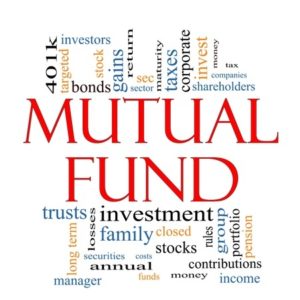Basic Asset Classes
There are 4 main investment categories, also known as asset classes:
- Stocks: The riskiest asset class in which you can invest, stocks represent an ownership or equity position in a corporation. A stockholder lays claim to a proportionate share in the corporation’s assets and profits and is often paid dividends when the company makes money. Stock share prices will rise as the corporation grows and there is greater demand for its stocks. The idea is to buy stock when the company is still small, hold onto it for a number of years while the company grows and becomes financially stronger, and then sell it for a profit once the stock price has risen as a result of increased demand.
- Bonds: A conservative and typically guaranteed investment, a bond is a debt instrument issued for a period of one year or longer. Bonds raise capital for the issuer by borrowing money from investors. The federal government, states, cities, corporations and many other types of institutions sell bonds. With a bond note, the issuer is basically promising to repay the principal along with interest on a specified date, also known as the maturity date.
- Mutual Funds: One of the easiest investments you can make, a mutual fund is managed by an investment company that invests money belonging to a large number of shareholders in a selection of various assets–in accordance with its stated objective. Mutual fund shares are purchased and redeemed upon demand, based on the fund’s net asset value determined at the end of each trading session. The primary advantage to investing in a mutual fund is that you automatically achieve a diversified portfolio that is managed by professionals whose advice and expertise you might not otherwise be able to afford.
- Cash and Cash Equivalents: Cash equivalents are safe, short-term, very liquid investments that are, as the name suggests, equivalents to cash. Cash equivalents are excellent saving vehicles for short-term goals.

